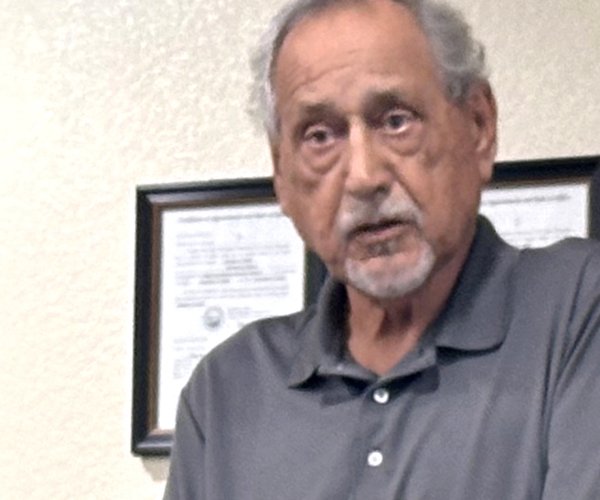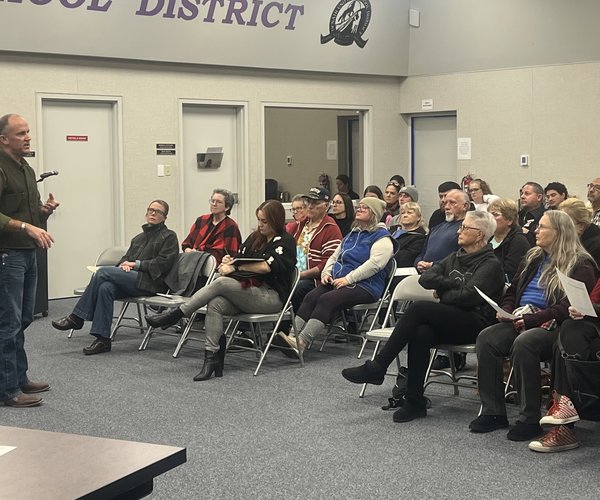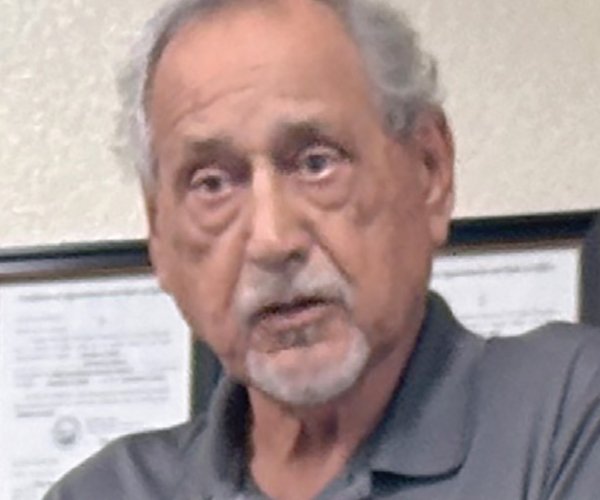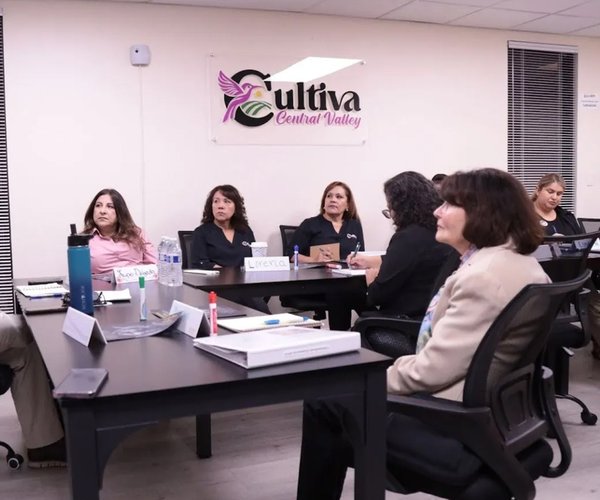With new electoral maps set and the new year upon us, it’s officially election season — and candidates are lining up to run for office at all levels of government.
Voting will be a bit different for Turlockers this year as they prepare to cast their ballots first in California’s primary election, set for June 7, then in the November general election. The redistricting process brought big changes and resulted in new maps which mean new representation.
Once represented in Congress as a unit, the city of Turlock is now split in half as part of Districts 5 and 13. In the State Assembly, Turlock will no longer be represented by Heath Flora and instead is part of the new District 22, along with Modesto and Patterson. Turlock’s Senate seat is now in District 4, which stretches from Lake Tahoe, down through the foothills and all the way into Inyo County.
Rep. Josh Harder’s recent announcement that he will run in the new District 9 rather than Turlock’s District 13 means Turlock will elect someone new to the City in both of its districts. There are currently four candidates who have stepped forward to run in District 13: three Democrats and one Republican.
District 13 includes downtown and the west side of Turlock, as well as some surrounding neighborhoods, and reaches up to Lathrop, down through Patterson and Mendota, and into Coalinga of Fresno County.
Following Harder’s decision to move districts, Merced Assemblyman Adam Gray last week launched his own campaign for District 13. He’s joined by two other Democrats in the race, Angelina Sigala of Modesto and Phil Arballo, a Central Valley native who was defeated by Republican Devin Nunes in the 2020 election.
Arballo announced his candidacy on Thursday after originally intending to run in the special election for Nunes’ empty seat in District 22.
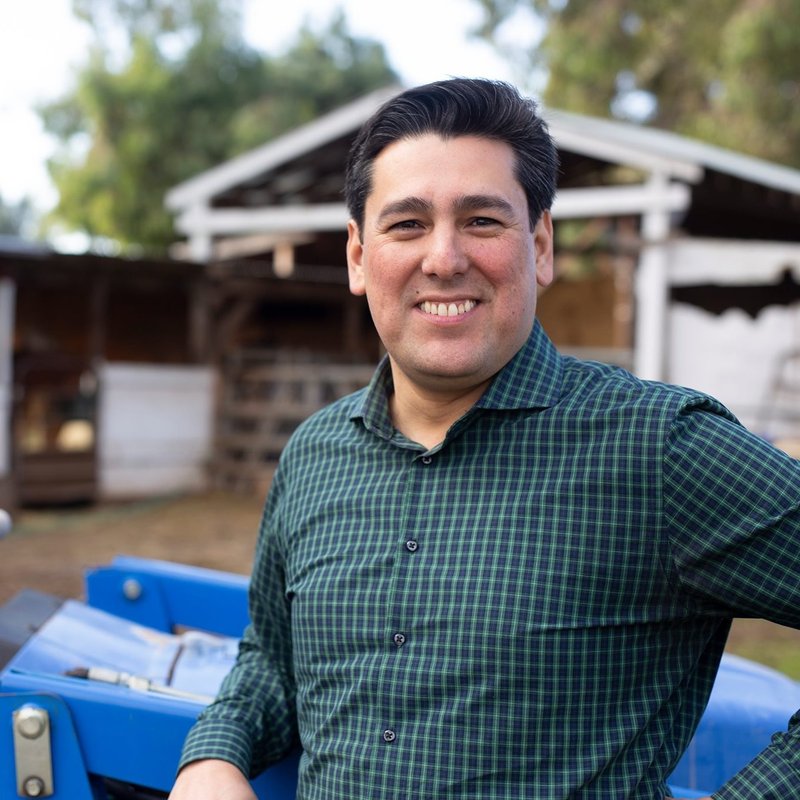
“For too long, the Central Valley has been poorly represented by career politicians with connections to special interest groups and who put the people second, which is why I’ve never taken a dime of corporate PAC money,” Arballo said in a statement. “It's time for a change in leadership. We need a representative in Congress who understands what it's like living paycheck to paycheck. We need someone who will fight for clean air and clean water, greater access to quality health care, and a strong economy that includes lower housing costs and gives hardworking people the opportunity to succeed.”
The lone Republican in the District 13 race is David Giglio, a former high school teacher and Connecticut transplant who now lives in Madera.
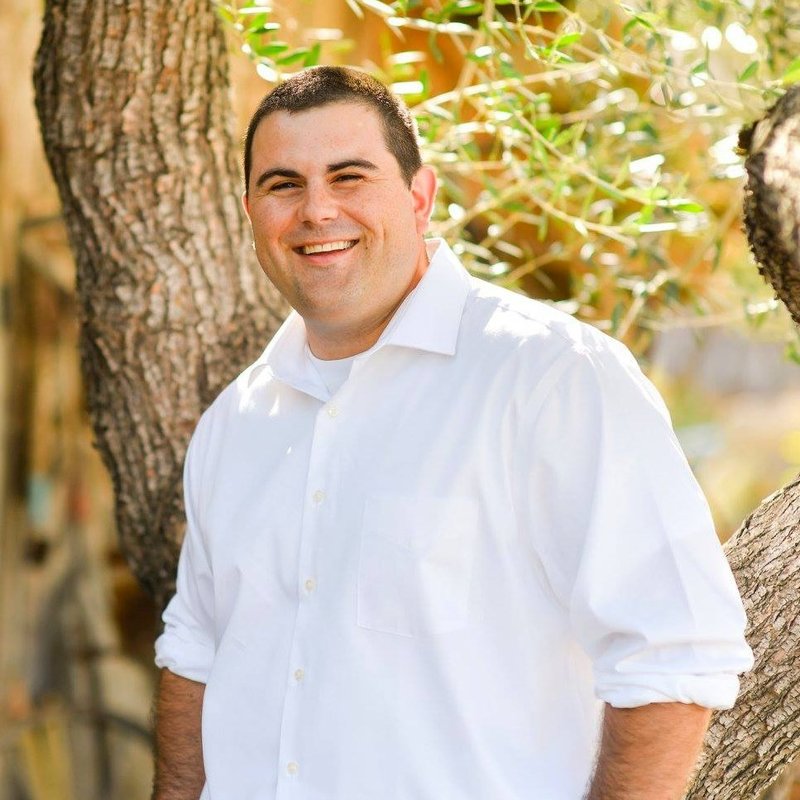
“Once elected, I will fight to pass a comprehensive water solutions package to once and for all solve California’s water crisis. I will oppose COVID lockdowns, support tax cuts for hard working Americans and oppose wasteful spending. I will defend small businesses, fight for deregulation and work to limit governmental power and secure our southern border,” Giglio said in a statement. “And now, more than ever, I will fight to give parents and local communities more control over their children’s education and be a constant advocate for school choice and work to strike down the divisive critical race theory. I pledge to work tirelessly for our Valley to help ensure it remains one of the best places in California to live and raise a family.”
In District 5, Republican incumbent Tom McClintock is running along with fellow Republicans Scott Giblin and Anthony Estrada, as well as Democrat Mike Barkley and Steve Wozniak, presumably not of Apple fame. Kelsten Obert, who previously ran for Modesto City Council, has also filed papers for District 5.
In the State Senate, Turlock’s representative, Republican Andreas Borgeas, announced on Jan. 11 that he would not be running for re-election. Borgeas had been considering a run for the District 5 Congressional seat prior to McClintock’s confirmation that he would in fact be running.
“It has been an extraordinary honor and privilege to serve the nearly one-million residents in the eleven counties of the 8th Senate District,” Borgeas said. “Our team is beyond proud of what we have been able to achieve legislatively and politically in Sacramento as well as the results delivered for our community and the State of California. Anna and I would like to express our deepest appreciation to our family, friends, and everyone who has supported my tenure in public service. I look forward to remaining politically engaged and keeping up the good fight for our community in a future capacity.”
Those who have filed papers to run in the new Senate District 4 include Republicans Jack Griffith and Jolene Daly, both of whom had previously announced Congressional campaigns.
“It is quite large, however, I am up for the challenge,” Daly said in a video posted to her campaign Facebook page.
Griffith also made his announcement on social media.
“Our backyard’s getting a little bit bigger,” he said.
Running to represent Turlock in the State Assembly so far are Sean Harrison of Modesto, Joel Gutierrez Campos and Turlock resident Paul Danbom, an almond grower and Realtor.
The Journal will dive into each race individually in the coming months with features on each candidate. To stay up to date with candidates from Stanislaus County who are running for office in the meantime, visit stanvote.com.


